Forged products are pressed or squeezed under huge pressure into high strength parts that are with stronger properties than other shaping parts. Forging process is capital intensive, we choose well capitalized business partners which have made the proper equipment investments to produce our forged products in the highly competitive market.
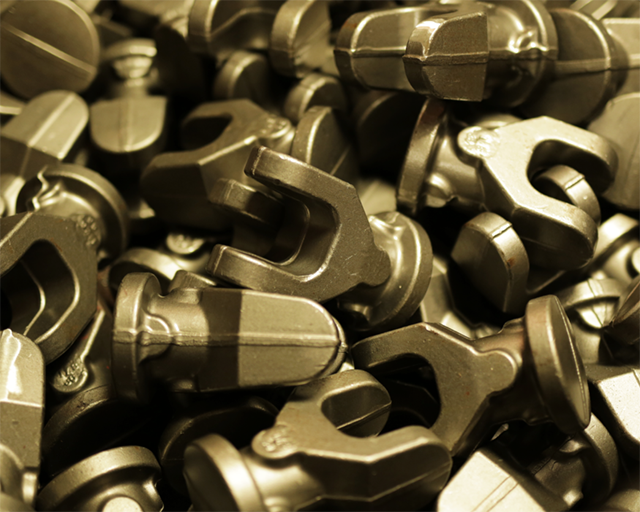
Our ISO 9001 certified partner, equipped with 8,000-ton, 4,000-ton, 1,600-ton, 800-ton CNC fast forging hydraulic press units, a Φ6M ring rolling machine, and a fully computer-controlled 7m×5m×5m electric furnace. Equipped with heat treatment equipment imported from United States, various large-scale mechanical equipment.
The maximum unit weight of forgings more than 80 tons. The outer diameter size of ring forgings can be 6 meters, and the maximum size of shaft forgings is 14 meters long.
The forgings sold throughout the fields of electric power, petrochemical, metallurgy, marine, aviation, transportation, construction, heavy machinery and other fields.
Classification society factory certificated, EU PED certificate, pressure pipe component manufacturing licensed, and lifting hook quality approval certificated.
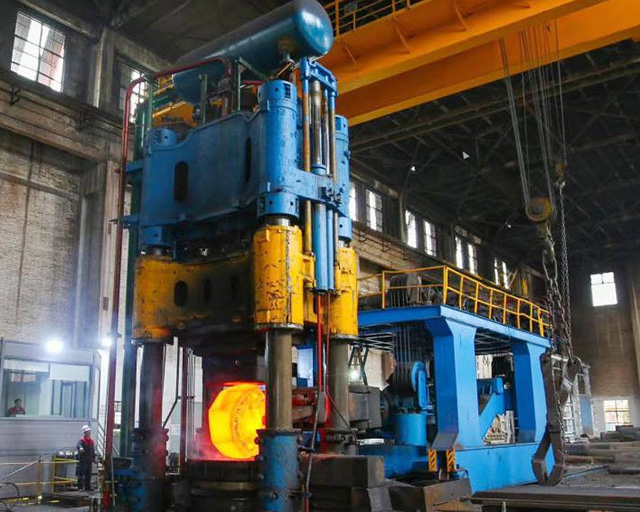
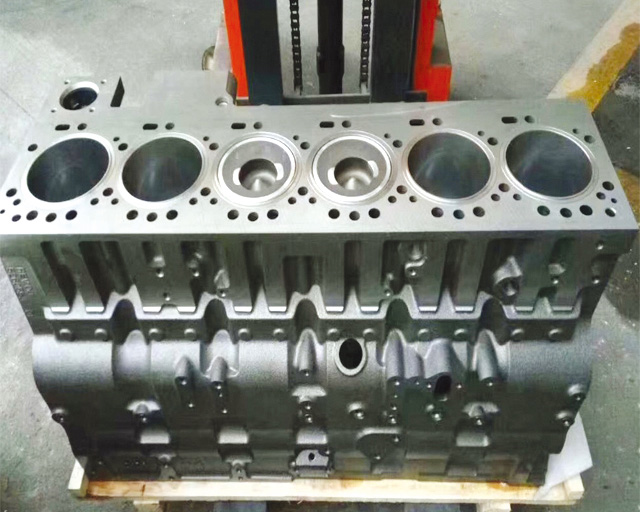
Our ISO 9001 /IATF 16949 certified partners equipped with the most advanced forging equipment, pressure machines ranging in size from 1,000-ton to 6,000-ton giving us the capability to deliver a stable range of parts, around the maximum weight 30Kg, for a wide range of industries, including agriculture, automotive, industrial machines, and many others.
The closed die forging process helps create a relatively complex shape with less scrap and accurate tolerance, and is economical for high volume production, comparing to open die forgings.
Closed Die Forging is an inexpensive and efficient way to manufacture metal parts with numerous types of metals, depending on the application.
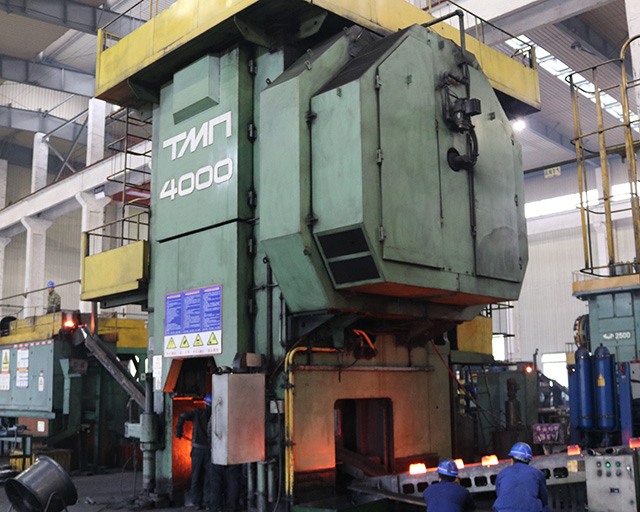
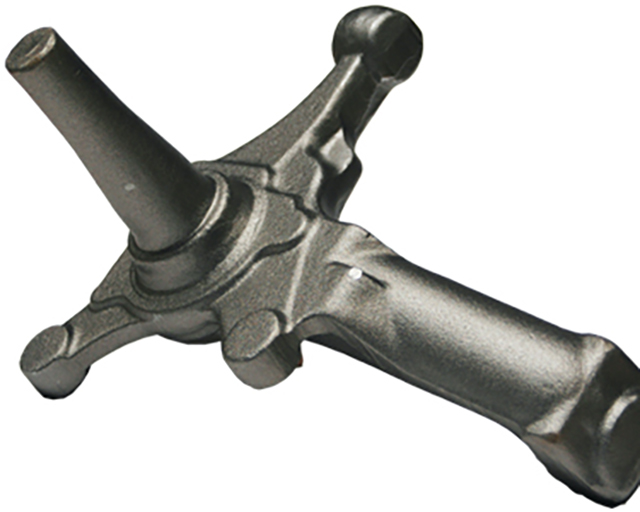
Step 1: Designing & Making Dies
Once a new product is coming, dies will be created using the customer’s forging layout.
Step 2: Cutting
Cutting of billets from round, square or special shaped bars by sawing to the desired length.
Step 3: Heating the Billet
Heated in a medium-frequency furnace before forging.
Step4: The actual Forging Process
Heat-treated steel bars that have been placed under lower and upper dies and then pressed into the desired shape after being heated from billets.
Step 5: Trimming
Now that forging blanks with flash have been acquired, the flash will be removed by pressing the steel blanks once more while being placed under trimming dies. A complete forging blank is finished in this step.
Step 6: Heat Treatment
After forging, heat treatment will be carried out to enhance the strength and mechanical qualities. Common heat treatment techniques for steel forgings include normalizing, quenching, annealing, tempering & hardening etc., Naturally, heat treatment is only used when necessary.
Step 7: Shot Blasting
Steel forgings will be shot blasted to eliminate the scale and get a superior surface. After shot blasting, products will appear considerably smoother and more transparent.
Step 8: Machining
Although forging blanks have tighter tolerances than casting ones, occasionally, this is still insufficient for application. To solve this concern, machining is required. The NC lathe and CNC are the primary machining tools used. While CNC is used for precise, expensive machining, NC lathes are utilized for simple machining. Typing